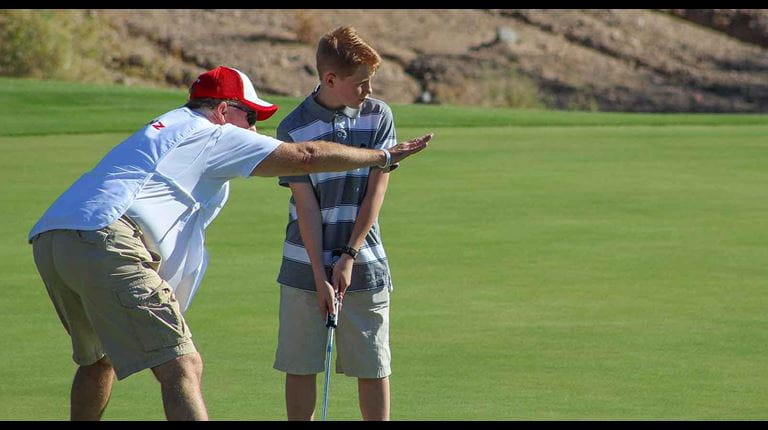Sports and hemophilia might sound like a bad combination. Having a bleeding disorder, such as hemophilia or the lesser-known (but more common) von Willebrand Disease, means that someone’s blood does not clot the way it should. When injured, even invisibly so in the joints, the body doesn’t stop bleeding as it would for someone who has normal amounts of active clotting factor.
But thanks to improved treatments, people with bleeding disorders can play sports more safely with less risk of serious injury. Of course, not all sports are recommended for people who have bleeding disorders and it’s important that patients check first with their healthcare providers. The National Hemophilia Foundation rates sports, such as football and lacrosse, as high risk. But others, such as swimming, golf and baseball, are rated as low or moderate risk.
A few decades ago, kids who had bleeding disorders were less likely to be active and more likely to need walkers and wheelchairs. Today, sports and active exercise play a role in the good health of people who have bleeding disorders.
“It’s very important, as we all know. Physical activity maintains good muscle tone and muscle tone supports joints,” said Dr. Jerry Powell, CSL Behring’s North America Medical Director and former director of the UC Davis Hematology and Thrombosis Center.
When someone has hemophilia, it’s not just the bleeding you see, like a cut to the skin, that causes problems. Unseen bleeding in joints can cause pain and limit a person’s ability to get around.
Even with today’s treatments, it’s important that kids and families work with their health care team to understand how to manage the increased demands of being active. Participating in sports typically means the child will need higher factor levels to accommodate increased activity, such as brisk walking, running, or swinging a golf club, Powell said. Once cleared by your doctor for sports, follow the guidance provided by the National Hemophilia Foundation in its Playing It Safe guide.
(https://www.hemophilia.org/sites/default/files/document/files/Playing-It-Safe.pdf).
Laureen A. Kelley, author of “Raising a Child with Hemophilia,” offers this advice for parents who want their children to be active, but also safe: (http://www.kelleycom.com/books.html)
-
When you know the available options, let your child’s aptitudes and interests guide the choice of activity or sport. Be flexible and let them switch to something else, if after a while, they don’t seem to enjoy it.
-
Set your child up for success through conditioning so your child is physically able to participate. A physical therapist who’s part of your hemophilia care team can guide your child on conditioning, warmups, and stretching.
-
Always inform coaches and other supervising adults that your child has a bleeding disorder and have a plan for handling emergencies.
-
Follow all safety rules and wear the appropriate protective gear. No exceptions and make sure helmets, pads and other accessories fit well.
-
As kids get older, they can take responsibility for infusing before an activity, if necessary; knowing when their body has had enough; and being able to diagnose a bleed during and after activity.
It’s a leap of faith to allow a child to be physically active in the world, Kelley said. But it’s a leap worth taking. She calls physical activity and sports “chicken soup for self-esteem.”
Joan Parker, a trailblazing hemophilia mom, knows all about that. She raised athletic sons in the ‘60s and ‘70s, well before there were organized sporting events for kids with bleeding disorders. Her two sons grew up to play professional sports – one baseball and the other, golf.
“Mom never once discouraged me,” said Perry Parker, the golfer. For years, Parker and his brother, Corey, have coached and mentored young athletes at the CSL Behring’s Gettin’ in the Game Junior National Championship, a weekend of training and competition for kids who have hemophilia or other bleeding disorders.
When her sons were young, Joan Parker said she and her husband let them “do their own thing.” She offered advice to parents whose children want to play sports and be physically active, despite a bleeding disorder.
“Let them explore,” she said. “Let them enjoy and do everything you can for them.”



